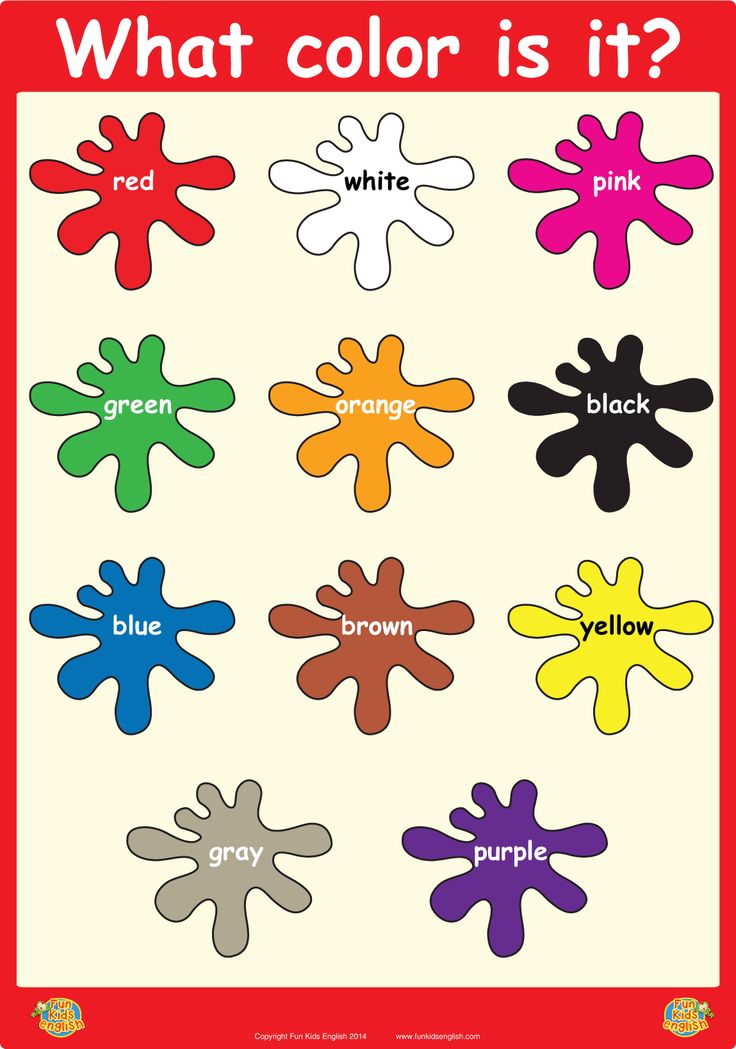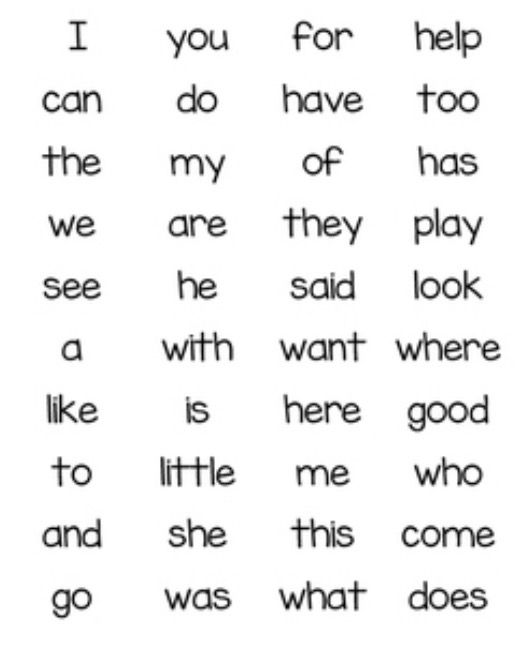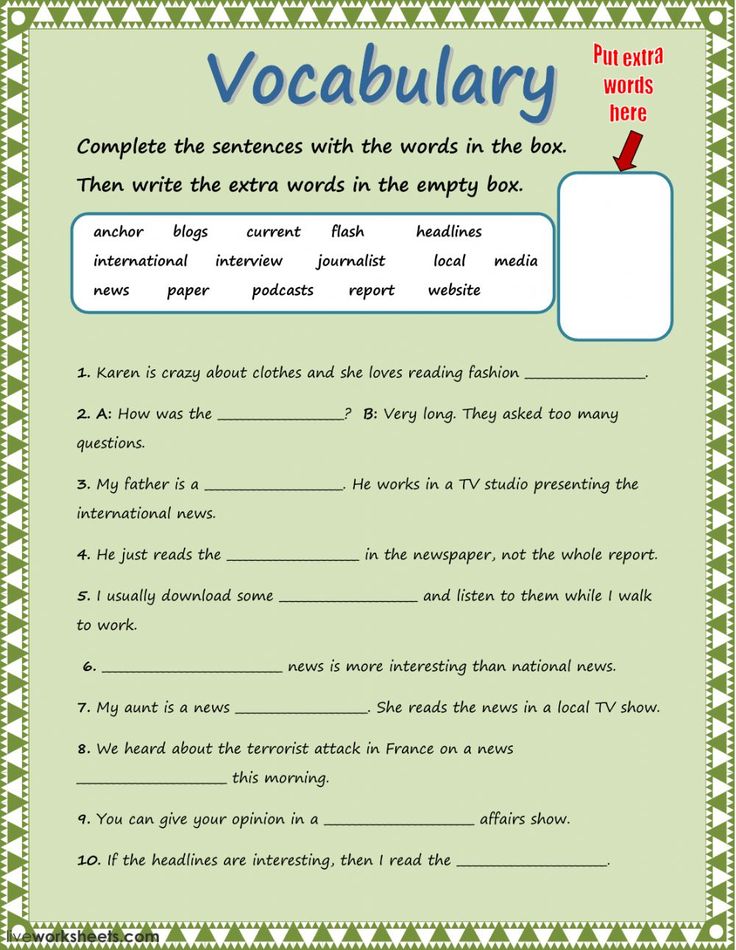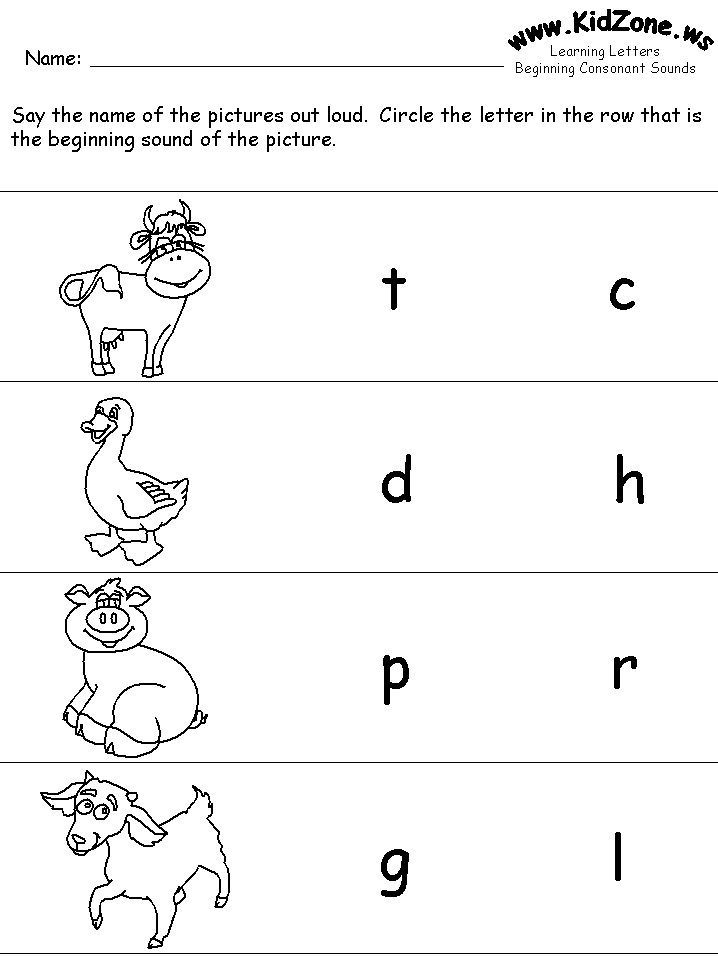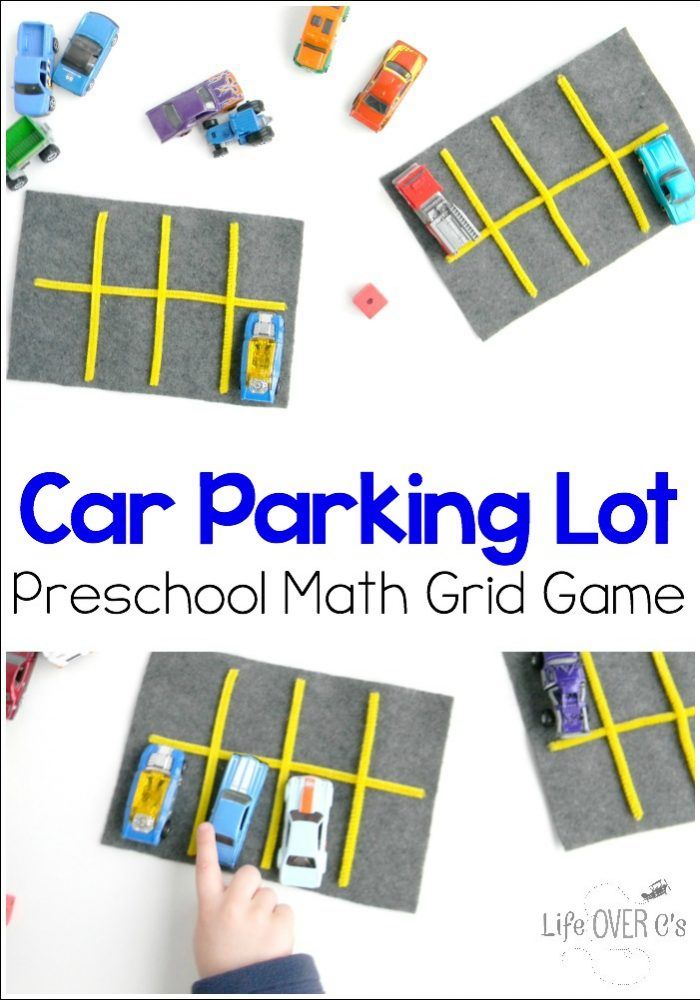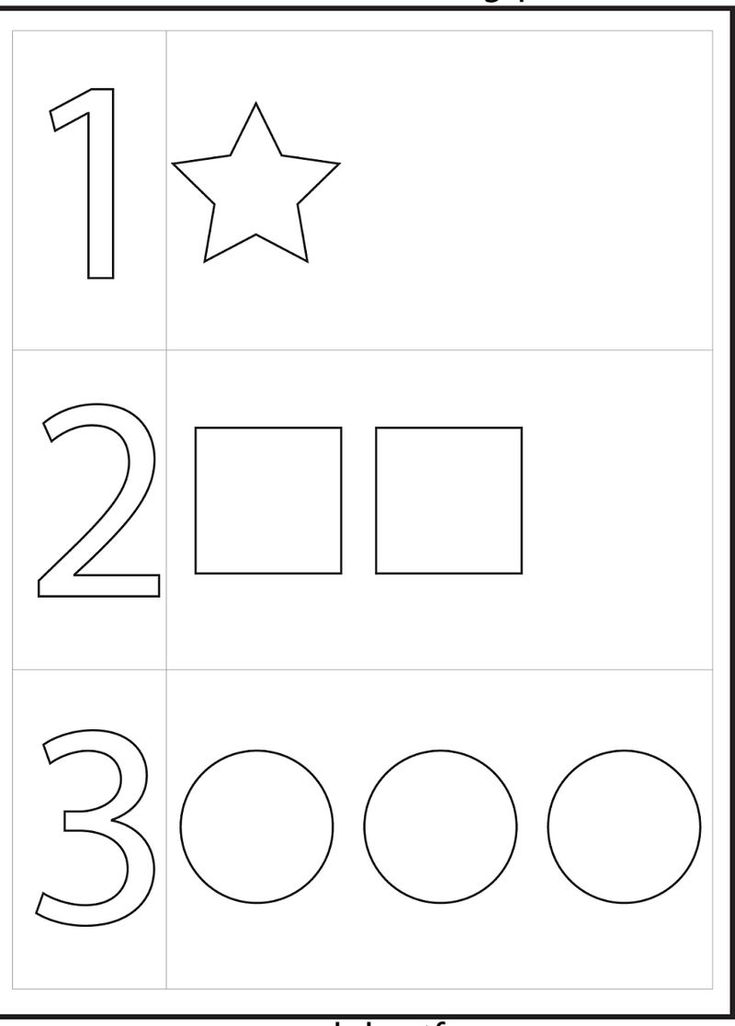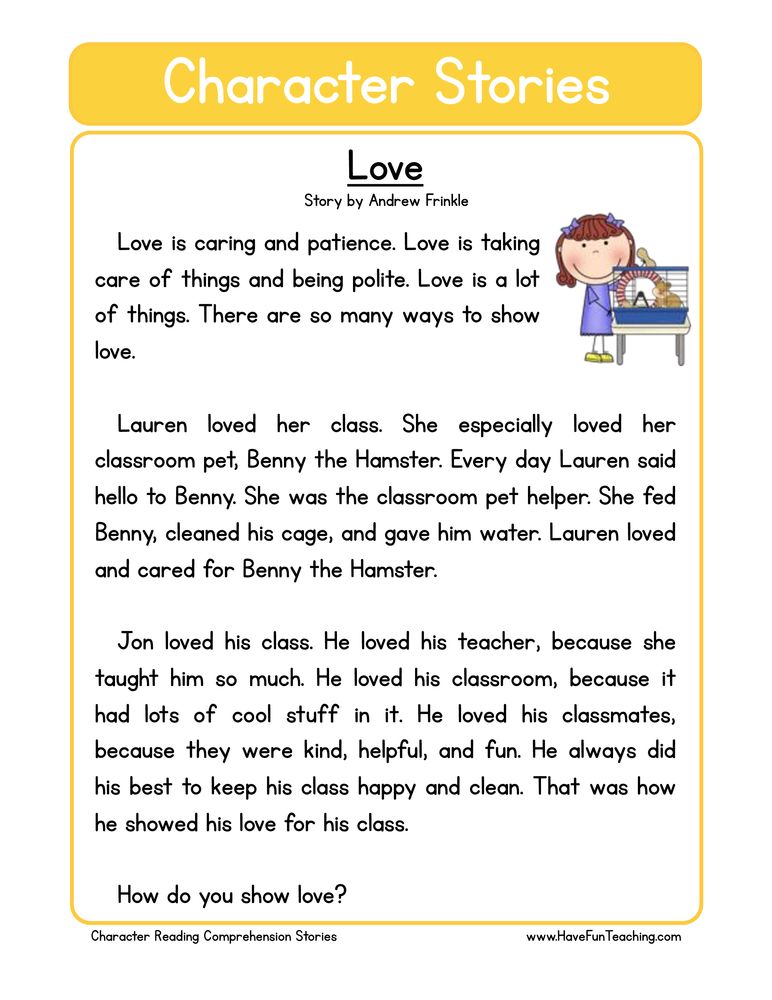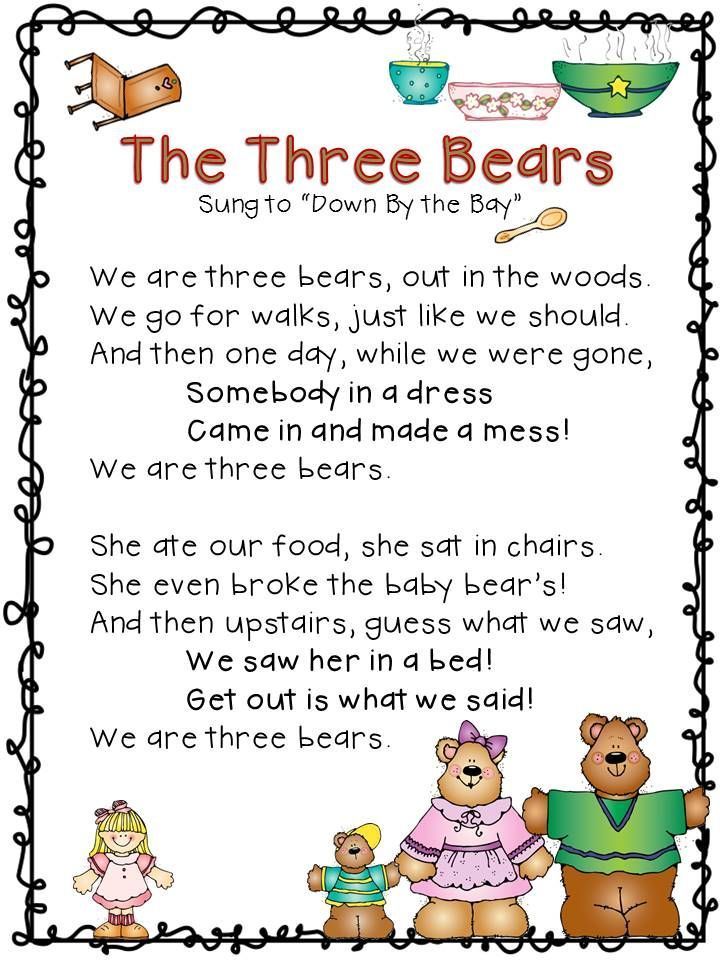What color are you song
What’s the Color of Your Favorite Song?
Imagine yourself as a graphic designer for New Age musician Enya, tasked with creating her next album cover. Which two or three colors from the grid below do you think would “go best” with her music?
Would they be the same ones you’d pick for an album cover or music video for the heavy metal band Metallica? Probably not.
For years, my collaborators and I have been studying music-to-color associations. From our results, it’s clear that emotion plays a crucial role in how we interpret and respond to any number of external stimuli, including colors and songs.
Colors of Songs
In one study, we asked 30 people to listen to four music clips, and simply choose the colors that “went best” with the music they were hearing from a 37-color array.
The image below shows the participants’ first-choice colors to the four musical selections.
Selection A, from Bach’s Brandenburg Concerto Number 2, caused most people to pick colors that were bright, vivid and dominated by yellows. Selection B, a different section of the very same Bach concerto, caused participants to pick colors that are noticeably darker, grayer and bluer. Selection C was an excerpt from a 1990s rock song, and it caused participants to choose reds, blacks and other dark colors. Meanwhile, selection D, a slow, quiet, “easy listening” piano piece, elicited selections dominated by muted, grayish colors in various shades of blue.
The Role of Emotion
But why do music and colors match up in this particular way?
We believe that it’s because music and color have common emotional qualities. Certainly, most music conveys emotion. Selection A “sounds” happy and strong, while B sounds sad and weak. C sounds angry and strong, and D sounds sad and calm. (Why this might be the case is something we’ll explore later.)
If colors have similar emotional associations, people should be able to match colors and songs that contain overlapping emotional qualities. They may not know that they’re doing this, but the results corroborate this idea.
We’ve tested our theory by having people rate each musical selection and each color on five emotional dimensions: happy to sad, angry to calm, lively to dreary, active to passive, and strong to weak.
We compared the results and found that they were almost perfectly aligned: the happiest-sounding music elicited the happiest-looking colors (bright, vivid, yellowish ones), while the saddest-sounding music elicited the saddest-looking colors (dark, grayish, bluish ones). Meanwhile, the angriest-sounding music elicited the angriest-looking colors (dark, vivid, reddish ones).
To study possible cultural differences, we repeated the very same experiment in Mexico. To our surprise, the Mexican and U.S. results were virtually identical, which suggests that music-to-color associations might be universal. (We’re currently testing this possibility in cultures, such as Turkey and India, where the traditional music differs more radically from Western music.)
These results support the idea that music-to-color associations in most people are indeed mediated by emotion.
True Synesthesia
There’s a small minority of people – maybe one in 3,000 – who have even stronger connections between music and colors. They are called chromesthetes, and they spontaneously “see” colors as they listen to music.
For example, a clip from the 2009 film “The Soloist” shows the complex, internally generated “light show” that the lead character – a chromesthetic street musician – might have experienced while listening to Beethoven’s Third Symphony:
Chromesthesia is just one form of a more general condition called synesthesia, in which certain individuals experience incoming sensory information both in the appropriate sensory dimension and in some other, seemingly inappropriate, sensory dimension.
The most common form of synesthesia is letter-to-color synesthesia, in which the synesthete experiences color when viewing black letters and digits. There are many other forms of synesthesia, including chromesthesia, that affect a surprising number of different sensory domains.
There are many other forms of synesthesia, including chromesthesia, that affect a surprising number of different sensory domains.
Some theories propose that synesthesia is caused by direct connections between different sensory areas of the brain. Other theories propose that synesthesia is related to brain areas that produce emotional responses.
The former theory implies little or no role for emotion in determining the colors that chromesthetes experience, whereas the latter theory implies a strong role for emotion.
Which theory is correct?
Synesthesia Versus Non
To find out, we repeated the music-color association experiment with 11 chromesthetes and 11 otherwise similar non-chromesthetes. The non-chromesthetes chose the colors that “went best” with the music (as described above), but the chromesthetes chose the colors that were “most similar to the colors they experienced while listening to the music.”
The left side of the image below shows the first choices of the syensethetes and non-synesthetes for fast-paced classical music in a major key (like selection A), which tends to sound happy and strong. The right side shows the color responses for slow-paced classical music in a minor key (like selection B), which tends to sound sad and weak.
The right side shows the color responses for slow-paced classical music in a minor key (like selection B), which tends to sound sad and weak.
The color experiences of chromesthetes turned out to be remarkably like the colors that non-chromesthetes chose as going best with the same music.
But we mainly wanted to know how the non-chromesthetes and chromesthetes would compare in terms of emotional effects. Here are the results:
Interestingly, the emotional effects for chromesthetes were as strong as those for non-chromesthetes on some dimensions (happy/sad, active/passive and strong/weak), but weaker on others (calm/agitated and angry/not-angry).
The fact that chromesthetes exhibit emotional effects at all suggests that music-to-color synesthesia depends, at least in part, on neural connections that include emotion-related circuits in the brain. That they’re decidedly weaker in chromesthetes than non-chromesthetes for some emotions further suggests that chromesthetic experiences also depend on direct, non-emotional connections between the auditory and visual cortex.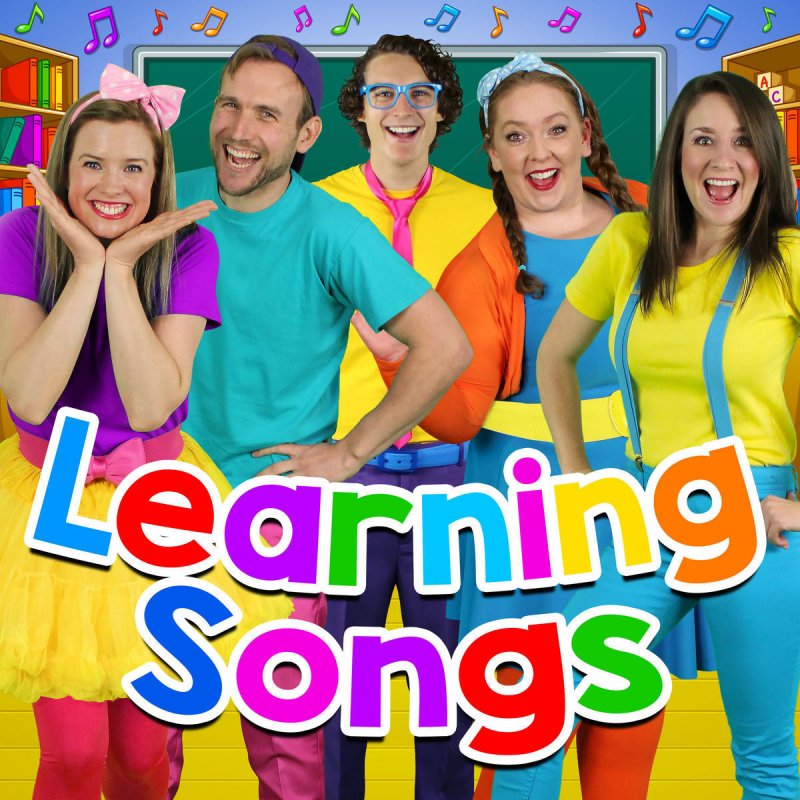
Musical Anthropomorphism
The fact that music-to-color associations are so strongly influenced by emotion raises further questions. For example, why is it that fast, loud, high-pitched music “sounds” angry, whereas slow, quiet, low-pitched music “sounds” calm?
We don’t know the answers yet, but one intriguing possibility is what we like to call “musical anthropomorphism” – the idea that sounds are emotionally interpreted as being analogous to the behavior of people.
For example, faster, louder, high-pitched music might be perceived as angry because people tend to move and speak more quickly and raise their voices in pitch and volume when they’re angry, while doing the opposite when they’re calm. Why music in a major key sounds happier than music in a minor key, however, remains a mystery.
Artists and graphic designers can certainly use these results when they’re creating light shows for concerts or album covers for bands – so that “listening” to music can become richer and more vivid by “seeing” and “feeling” it as well.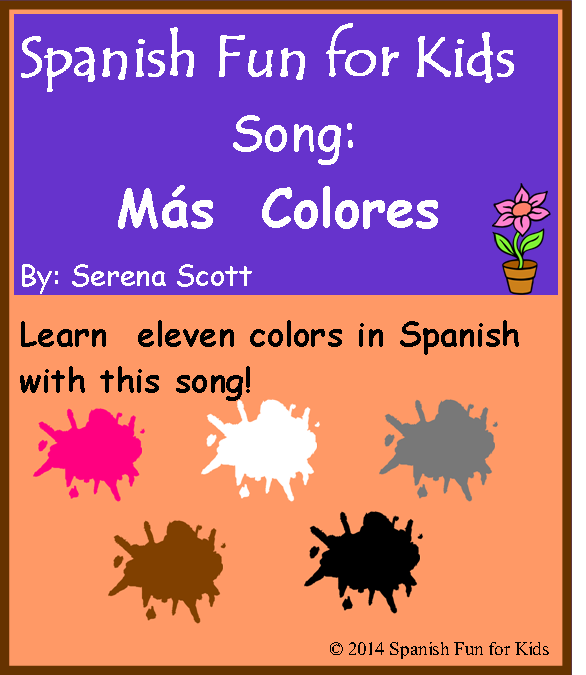
But on a deeper level, it’s fascinating to see how effective and efficient the brain is at coming up with abstract associations.
To find connections between different perceptual events – such as music and color – our brains try to find commonalities. Emotions emerge dramatically because so much of our inner lives are associated with them. They are central not only to how we interpret incoming information, but also to how we respond to them.
Given the myriad connections from perceptions to emotions and from emotions to actions, it seems quite natural that emotions emerge so strongly – and perhaps unconsciously – in finding the best colors for a song.
This article was originally published on The Conversation.
Songs About Colors For Toddlers
Do you want your toddler or preschooler to identify basic colors before he/she starts going to school? Songs about colors for toddlers is an excellent way to make them learn colors quickly & in a fun way.
To save you from the hassle of finding the best songs for toddlers, here’s a fun collection of several colors songs, poems, and rhymes.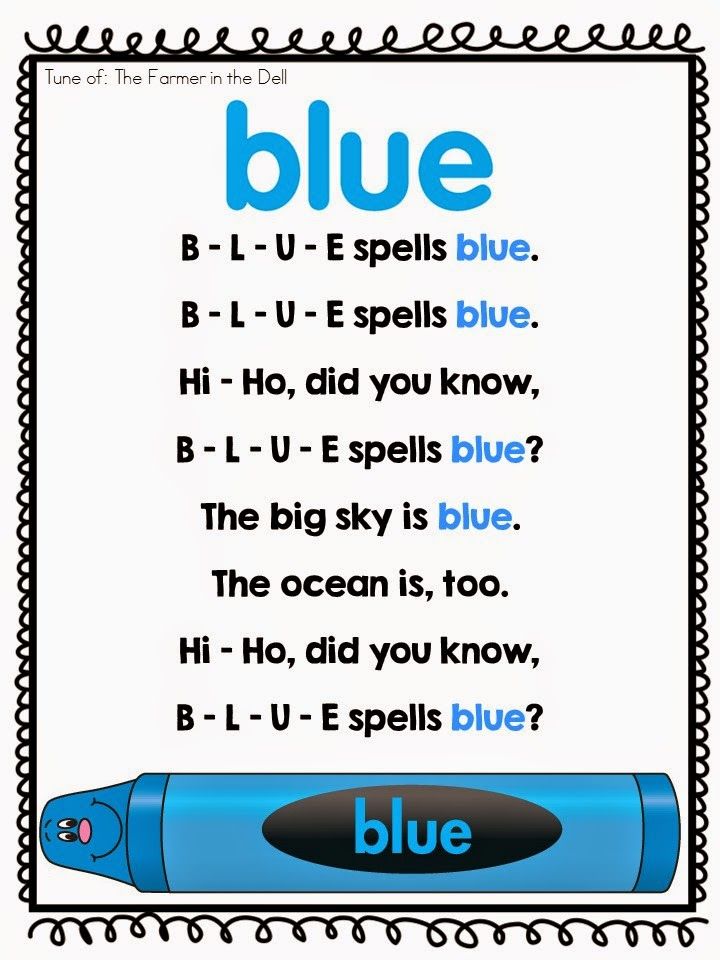 These color recognition songs have well-known nursery rhymes.
These color recognition songs have well-known nursery rhymes.
For most of my color songs, I either use puppets from our learning colors or learning binders (as shown on the videos below) and the play scarves that help me create fun dances as we work on color recognition.
Songs About Colors For ToddlersUse the YouTube Videos or the lyrics below and add them to your circle time or music time at home to reinforce learning the colors. Use Props such as scarfs and other color items to show each color as you sing.
Short on time? Use The Quick Links
Color Finger Family
Sing to the tune of finger family
Red finger,
Red finger,
Where are you?
Here I am,
Here I am,
How do you do?
Blue finger,
Blue finger,
Where are you?
Here I am,
Here I am,
How do you do?
Green finger,
Green finger,
Where are you?
Here I am,
Here I am,
How do you do?
Yellow finger,
Yellow finger,,
Where are you?
Here I am,
Here I am,
How do you do?
Orange finger,, Orange finger,
Where are you?
Here I am,
Here I am,
How do you do?
Twinkle, twinkle rainbow star
It’s sung to the tune of twinkle, twinkle little stars. It’s a fun activity, and the lyrics go like:
Twinkle, twinkle yellow star,
How I wonder where you are?
Let’s go looking here and there,
Let’s go looking everywhere.
Twinkle, twinkle, yellow star,
How I wonder where you are?
Moms will sing the song and call one child at a time to find the star with the color she’s singing about. You can change the name of the color each time you sing the song. You can include a fun activity for the song. Use a set of colored flannel stars and ask your child to find the color you’re singing about.
Color Cars
This song is one of my favorite songs because you can sing it in the car as well as with these fun color puppets.
I see a red car,
I see a red car,
How about you?
Yes, I do
Do you see a red car,
Yes I do, yes I do
I see a blue car,
I see a blue car,
How about you?
Yes, I do
Do you see a blue car,
Yes I do, yes I do
I see a yellow car,
I see a yellow car,
How about you?
Yes, I do
Do you see a yellow car,
Yes I do, yes I do
Color Sharks
I should have put this one as the first one because every since I came up with it it has been the favorite of the kids. What kid doesn’t love baby shark? so turn this song in to a color learning song! And for those little ones that still can’t talk much yet, they will be able to participate by saying the “do do do” and holding the right color shark.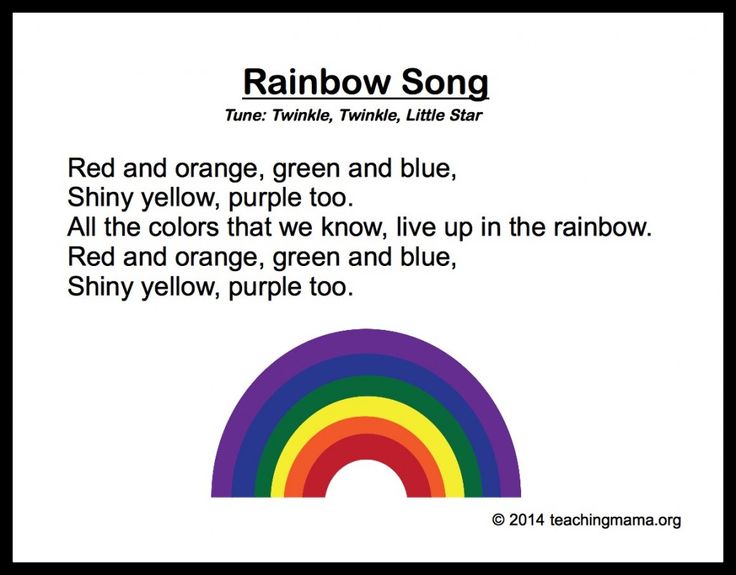
Yellow shark, doo, doo, doo, doo, doo, doo
Yellow shark, doo, doo, doo, doo, doo, doo
Yellow shark, doo, doo, doo, doo, doo, doo
Yellow shark
Blue shark, doo, doo, doo, doo, doo, doo
Blue shark, doo, doo, doo, doo, doo, doo
Blue shark, doo, doo, doo, doo, doo, doo
Blue shark
Red shark, doo, doo, doo, doo, doo, doo
Red shark, doo, doo, doo, doo, doo, doo
Red shark, doo, doo, doo, doo, doo, doo
Red shark
Green shark, doo, doo, doo, doo, doo, doo
Green shark, doo, doo, doo, doo, doo, doo
Green shark, doo, doo, doo, doo, doo, doo
Green shark
What’s Your Favorite Color
My favorite color is blue
How ‘bout you, how ‘bout you (x2)
RED
My favorite color is red
I like red, I like red (x2)
Colors colors what’s your favorite colors (x2)
Green
My favorite color is green
I like green, I like green
Yellow
My favorite color is yellow
I like green, I like yellow
Orange
My favorite color is orange
I like green, I like orange
Purple
My favorite color is purple
I like green, I like purple
Colors colors what’s your favorite colors (x2)
What color is it by Jack Hartman
If you want to engage your kids in color recognition songs, then it should be the one to start with. Play the video as well because it contains common objects, and the singer asked about the color of the object. It makes them learn colors and objects as well. The name of the color that an object has is also displayed so that kids can learn how to write them. What color is it is one of the best songs about colors for toddlers?
Its starting lyrics are given below:
Colors, colors that I see
Colors, colors are beautiful to me
Colors, colors all around the world
Colors, colors, for every boy and girl
This is an apple; it looks like this
This is an apple, what color is it? It’s red
What color are you wearing today
What color Are You Wearing Today? Is another color recognition song, which is fun & engaging. It’s sung to different tunes. However, the m fewest common tune is twinkle twinkle little stars. This song teaches color recognition to toddlers by making them identify the color of clothes they’re wearing. You should help your children by doing the activity together.
Here goes its lyrics:
If you’re wearing blue today,
Stand up now and shout, “Hooray!”
If you’re wearing green or red,
Lie on the floor and go to bed.
If you’re wearing yellow too,
Take a number they’re for you.
If there’s a color I forgot,
Go for a walk and start to hop.
What are you wearing today
This song comes in several versions with different colors.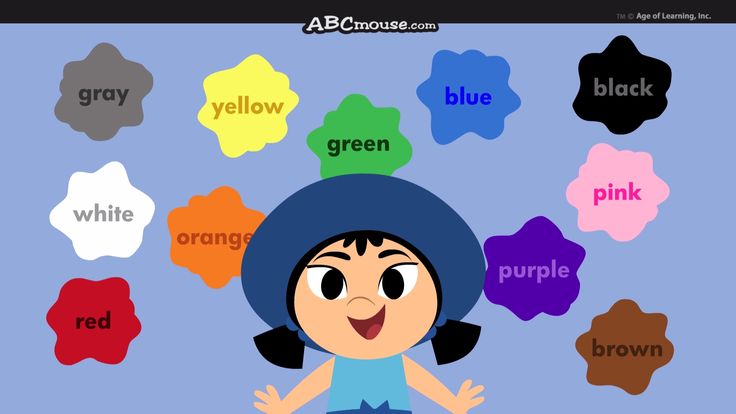 You should choose the one that syncs with the color your children are wearing today.
You should choose the one that syncs with the color your children are wearing today.
Another version of the song with different color is given below:
If you’re wearing pink today,
Stand up now and shout, “Hooray!”
If you’re wearing white or black,
Lie on the floor and roll to your back.
If you’re wearing purple too,
Take a number they’re for you.
If there’s a color I forgot,
Go for a walk and start to hop.
Colors all around by Jack Hartman
Colors all around is a wonderful color recognition song by Jack Hartman. It’s a fun & engaging color song for toddlers. You can mix it up with diverse activities to make them learn quicker.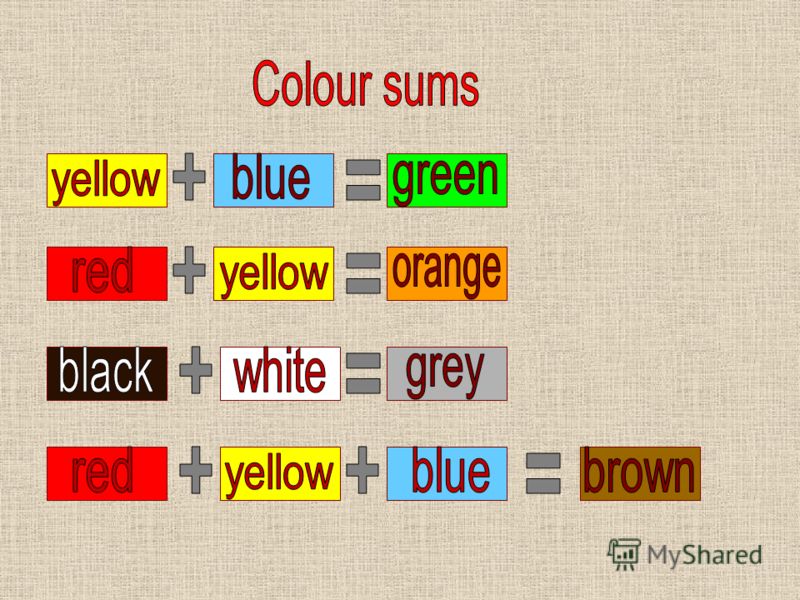 Moms should learn with kids to keep them more engaged in the song. It’s one of the best songs for toddlers.
Moms should learn with kids to keep them more engaged in the song. It’s one of the best songs for toddlers.
Here goes its lyrics:
Colors all around
Everywhere you go
Colors way up high,
Colors way down low
Colors all around
For us all to see
Make this world a brighter place
For you and me
Look for red and shake your head
On an apple, the color is red
Now look for the green and pat your knees
On a leaf, the color is green
Here we go round the rainbow
This song is a famous song sung by Jack Hartman. Typically, it’s sung to the tune of Here We Go Round The Mulberry Bush.
After completing the first verse given below, change the color name to another one.
Here we go round the rainbow,
The rainbow,
The rainbow,
Here we go round the rainbow,
On a wet and rainy morning.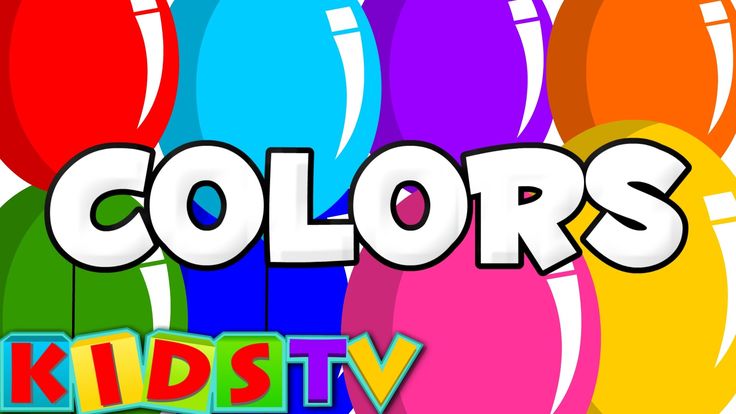
This is the way we color it red,
Color it red,
Color it red,
This is the way we color it red,
On a wet and rainy morning.
Look all the colors I can see
Look all the colors I can see is a great color song by ABCmouse. It’s sing to the tune of she’ll be coming round the mountain. The lyrics include common objects to hook the attention of children. The video is designed extremely well too. Objects are perfectly synced with the lyrics.
Look at all the colors I can see!
I see big red apples in the tree.
I can see my yellow cat,
I can see my big blue hat.
Oh, look at all the colors I can see!
Look at all the colors I can see!
I can see green leaves up in the tree.
I can see my big orange ball,
Purple flowers by the wall.
Oh, look at all the colors I can see!
Orange garden song
Sung this song to the tune of the wheels on the bus.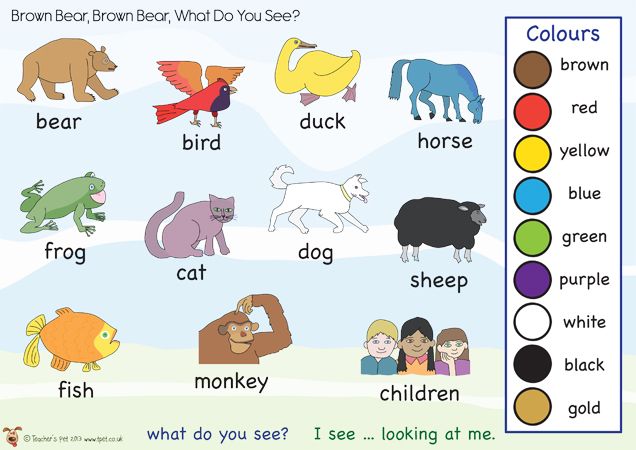 Sing this song with your child and use common vegetables with orange color. It will help them recognize orange color and objects with orange color as well.
Sing this song with your child and use common vegetables with orange color. It will help them recognize orange color and objects with orange color as well.
The lyrics of the orange garden song are:
The pumpkins in my garden are orange, orange, orange,
Orange, orange, orange,
Orange, orange, orange,
The pumpkins in my garden are orange, orange, orange,
O-R-A-N-G-E.
Repeat the verse and change the object. In place of pumpkins, you can use carrot, orange, and peach as well.
Red, Yellow, Green, and Blue
It is a fun song and sung to the tune of Head, shoulder, knees, and toes. It will help your kid to remember the color names. You can use diverse activities with this song to teach color names to your toddlers. When combined with the right activity, it one of the best rhyming and easy songs about colors for toddlers.
Place different blocks in front of the kids and ask them to place the finger on a block that has the color you’re naming.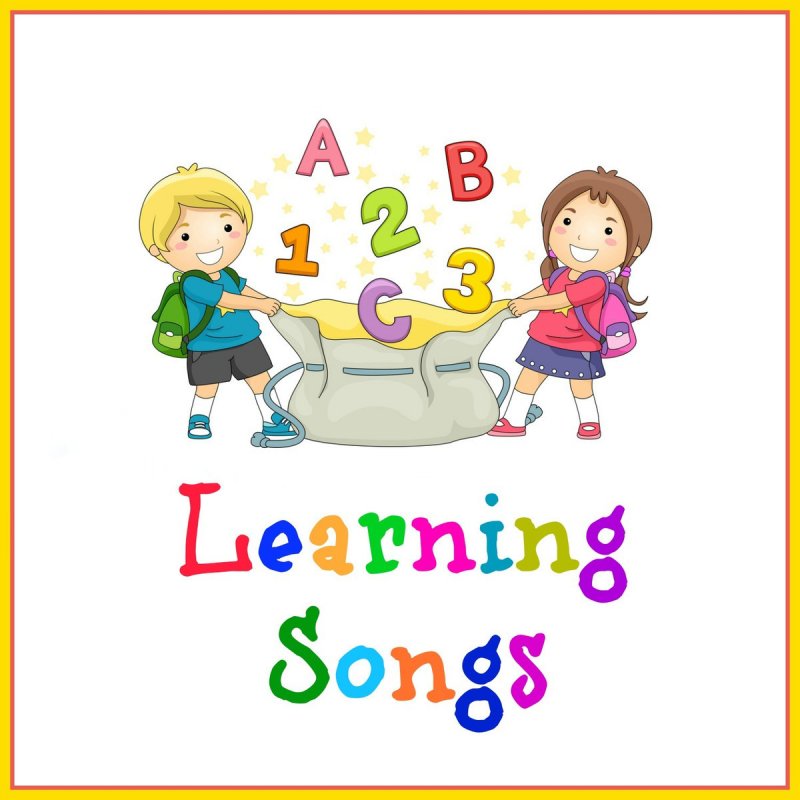
Its lyrics are:
Red, yellow, green and blue, green and blue,
Red, yellow, green and blue, green and blue,
Purple, orange, brown and black too,
Red, yellow, green and blue-green and blue
You can change the names of colors according to your choice. However, always start with these colors because this combination of colors is easy and rhyme the best among all other colors.
Color Popsicles by Cocomelon
One of our favorite YouTube channels is Cocomelon. They have the most entertaining songs and great graphics so no wonder they have won the YouTube award. The have a song called popsicle colors and it is really fun and educational to learn colors.
Oh Rainbow
Sing to tune of “Oh, Christmas Tree”
author unknown
Oh rainbow, oh rainbow
How lovely are your colors
Oh rainbow, oh rainbow
How lovely are your colors
Purple, red, and orange too
Yellow, green, and blue so true
Oh rainbow, oh rainbow
How lovely are your colors.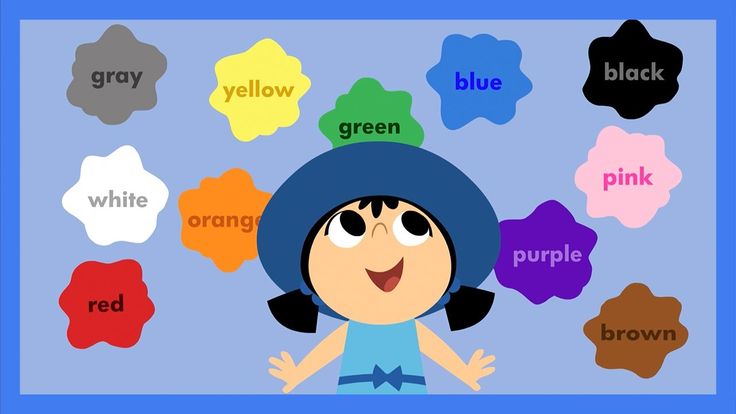
All the above songs are easy, fun, and engaging for your preschoolers. These are the best songs about colors for toddlers. So if you are in the process of teaching your toddler with some fun, then these are needed songs for you. Let us know if you have something interesting to share with us!
Rhymes and Finger Play Songs about colors for toddlers
The below rhymes and finger plays are not songs but are like small poems you can learn and play using the hand-motions to go along.
Part of developing language is using mimic to communicate. These poems are great for encouraging mimic and repetition.
Beautiful Rainbow
One day the sun was shining bright. (Hold up right hand for sun)
But clouds came along, it was dark as night. (Hold up left hand for clouds)
The rain began to sprinkle down. (Wiggle both hands for rain coming down)
Soon it was raining all over town.
But when the clouds had passed on by, (Move both hands to the right)
A beautiful rainbow stretched across the sky.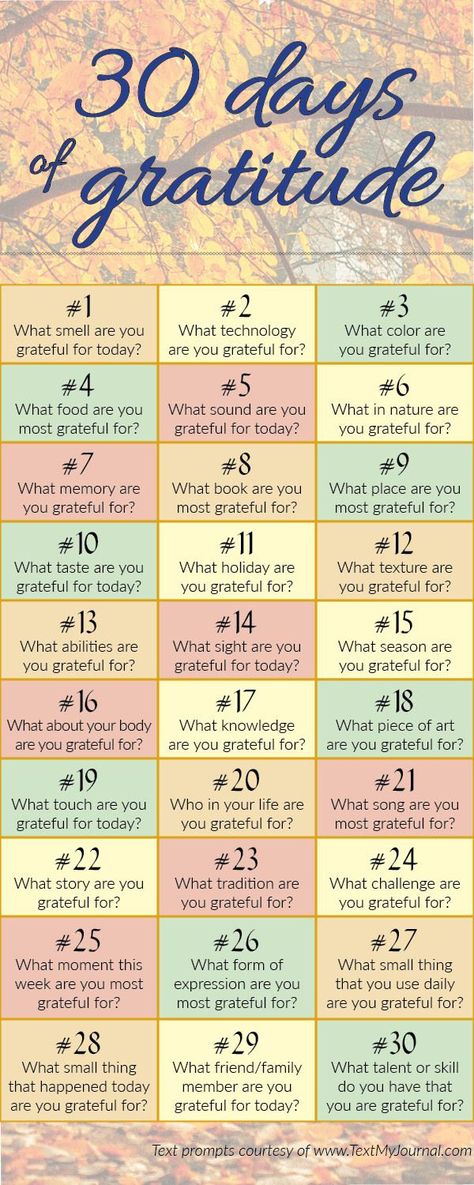 (Left hand makes arc over head from right to left)
(Left hand makes arc over head from right to left)
Get More with Color Lessons
Share it! Pin it
Tamerlan and Alena - What color lyrics
View all lyrics Tamerlan and Alena
What color do you need my love?
Without answers, we go into our thoughts again.
I meet sunrises again without you,
Didn't notice that I'm yours.
We dissolved into each other like clouds,
Steps along the edge and again a running line.
Let's forget the grievances of the day before last,
I miss you so much again.
Call me, I'll follow you,
And I will fall into your tender arms.
But what are we to do now?
We're off the hook again.
It's like I'm rising above the ground,
I live only for you.
But don't close my door,
I'm off my hinges again.
Let's make our dreams come true
I'm not afraid of heights with you.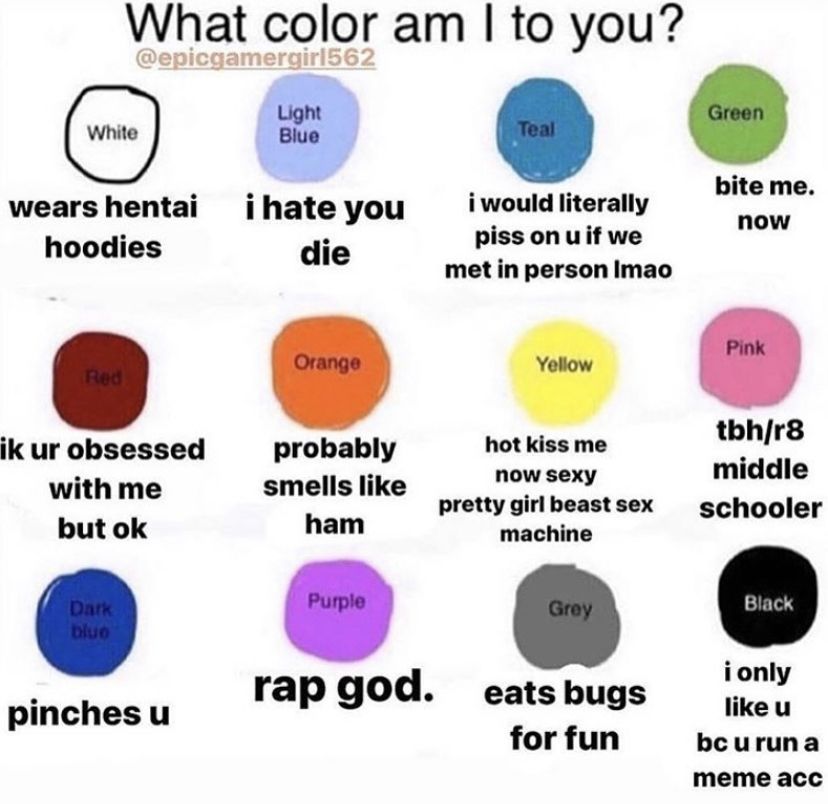
Under water, but without oxygen, I sink deeper and deeper.
I understand that the road leads, and that you need me.
I know it's hard, but we can, because between us, oh my,0005 So many rivers and oceans, I'm looking for you among the mists.
Lost without blows, I'm not afraid of oncoming blows.
What color is your love for me? Paradise apple or snake?
When we're together it's all pointless,
I don't believe in rumors, I don't believe in numbers and only in words...
Call me, I'll follow you,
And I will fall into your tender arms.
But what are we to do now?
We're off the hook again.
It's like I'm rising above the ground0005 I live only for you.
But don't close my door,
I'm off my hinges again.
Let's make our dreams come true
I'm not afraid of heights with you.
But what shall we do now?
We're off the hook again.
It's like I'm rising above the ground,
I live only for you.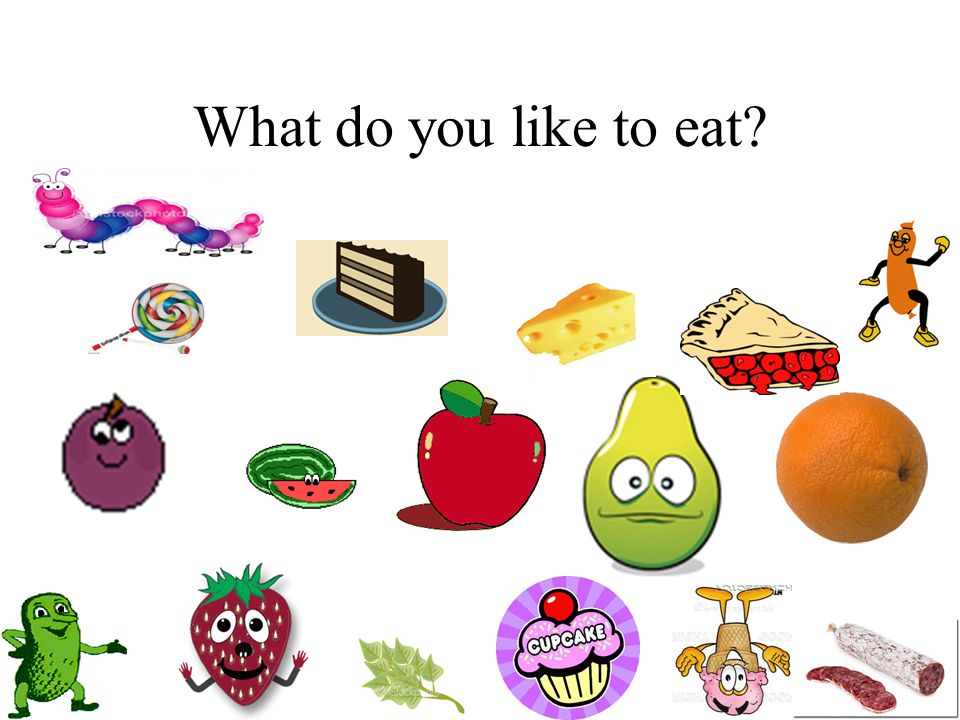
But don't close my door,
I'm off my hinges again.
Let's make our dreams come true
I'm not afraid of heights with you.
Did you like the lyrics?
Leave a comment below
Correct lyricsSee all lyrics Share a link to the text:
Text rating:
All explanations:
1 "We dissolved into each other like clouds,"
We dissolved into each other like clouds 9007 - were 9005
- Text-pesni.com
- T
- Tamerlane and Alena
- What color is
Popular lyrics and translations of songs by Tamerlan and Alena:
Wind currents
Tamerlane and Alena
What color
Tamerlane and Alena
No return (You will never forget me)
Tamerlane and Alena
Day off (ft. Zvika Brand & 242)
Zvika Brand & 242)
Tamerlane and Alena
Don't go home
Tamerlane and Alena
Popular lyrics and song translations:
LP (ft. Milana Star)
Milan Khametova
Black Love (ft. MONA)
ELMAN
Tell me / Asa du
JANAGA
Vredina (Bakr)
Bakr
Your gentle gait (That winter is not far off)
Timur Mutsuraev
Raspberry fret (Let the moon shine brightly for us)
GAYAZOV$ BROTHER$
Bad weather (Half a year of bad weather, "Mary Poppins, goodbye")
Children's songs
A blue tractor is coming towards us (Across the fields across the fields)
Children's songs
The room is dark
JANAGA
Pro Love
Xcho
Best lyrics and translations of songs:
Shine (Ramil)
Ramil'
We party wildly (ft.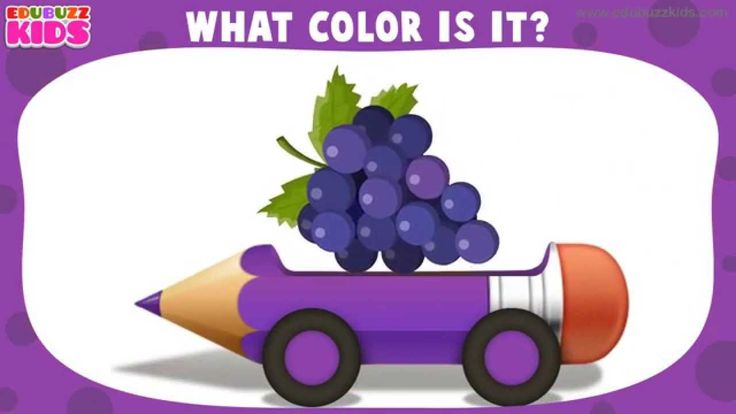 Nikolai Baskov)
Nikolai Baskov)
Danya Milokhin
If you feel sad (ft. NILETTO, Rauf and Faik, Niletto)
Rauf & Faik
Youth (Good, We will put the sound on the whole neighbors do not sleep)
Dabro
Buttercups (I watch our old cartoons)
Just Lera
I'm getting drunk again (Slava Marlov)
Slava Marlow
Fendi (Raheem Fendi hoodie Gucci Prada Louis on me)
Rakhim
It hurt and passed (Yes, everything went away)
HENSY
sky (ft. Zivert, Sievert, don't get sick, Lei from the sky)
Zivert, Sievert, don't get sick, Lei from the sky)
Basta
Dance Like This (From Dream Team's Tik Tok)
Your Marusya
Similar lyrics and translations of songs:
What color
Tamerlane and Alena
What color is summer
Magic microphone
BRIGHT COLORS
OFFMI
Chocolate colors
Pasha Proorok
LEAF COLORS
LOVELYDILLER
"Every person has a dark side": rapper Fardi on xenophobia in Russia and new album
Subscribe to our newsletter "Context": it will help you understand the events.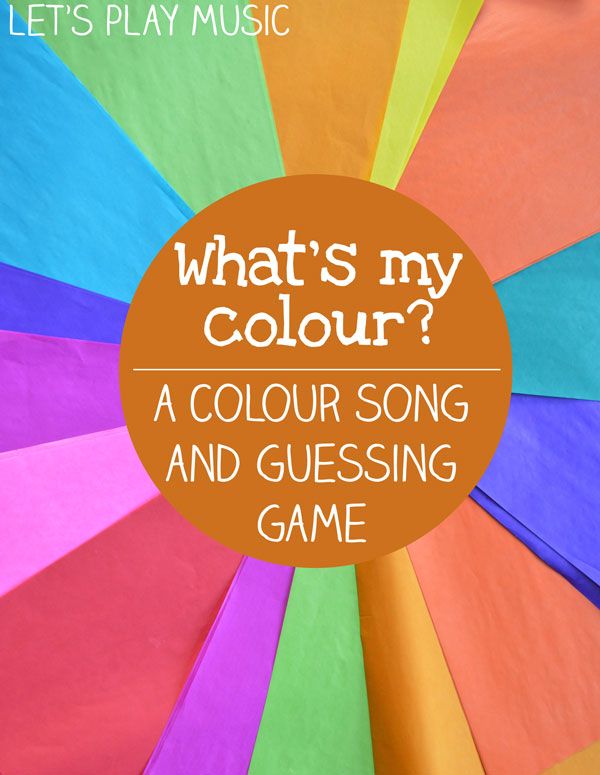
Image credit: fardisamedov/instagram
In the midst of the Black Lives Matter protests in the West this month, 24-year-old rapper Fardi released the second part of his debut album, Black Garden, about racism and xenophobia in Russia.
Fardi Samedov is an ethnic Azeri. He was born and raised on Lake Baikal, in the Buryat city of Severobaikalsk, and in 2016 he moved to Moscow. It was in the Russian capital that he began to encounter frequent manifestations of xenophobia, he admits.
The second part of "The Black Garden" came out on June 12, the day of Russia. In the album, the rapper raises topics that modern Caucasian musicians rarely sing about - these are racism, xenophobia, and the problems faced by migrants in Russia.
"An album about people, visitors, the system. There are songs based on real events, addressed to specific people. This is for xenophobes and racists, those who smile in their faces, and in their circle say that you are a chump," Fardi describes the new album .
"Ordinary newcomers have a lot of problems. Renting an apartment or getting a job. When epaulettes just stop you on the street and take money out of you, even if everything is in order with your documents," he says.
In the second half of June, Fardi released a video for the song "CIS" about stereotypes associated with the Caucasian peoples. The video drew a flurry of criticism among the nationalist commentators on YouTube, who saw it as an "ethnic mafia".
Some were also outraged by the line "If blacks disappeared from the market, what would you do, snowflake?". However, later in the song, Fardi emphasizes: "******** (no matter what color you are / The main thing is to think right."
BBC Russian Service Producer Amalia Zatari talked to Fardi Samedov about his new album, xenophobia in Russia and why the rapper is criticized not only by Russian nationalists, but also by Caucasians.
Photographer, Personal archive
Skip the Podcast and continue reading.
Podcast
What was that?
We quickly, simply and clearly explain what happened, why it's important and what's next.
episodes
The End of the Story Podcast
BBC: The topic of racism and xenophobia is rarely raised in Russian-language rap. Why did you decide to record an album about this?
Fardi Samedov: This has actually been spinning around me for a long time. I started to face obvious problems as soon as I moved to Moscow. Renting a house was very difficult. And I had to rent an apartment through my own boys, through Russians. They rented, conditionally, a kopeck piece for two or three. I also had a kent (friend) Kazakh, and we did not shine in front of the owners, because we are not like Slavs.
And plus the cops stop you out of the blue and start interrogating you for some crap. The cops also partly influenced, their system. When a stream of white guys passes, they slow down the guys from the CIS. You seem to have a Russian passport, but they slow you down, interrogate you for some nonsense.
The cops also partly influenced, their system. When a stream of white guys passes, they slow down the guys from the CIS. You seem to have a Russian passport, but they slow you down, interrogate you for some nonsense.
BBC: You were born in Buryatia and then moved to Moscow. Can you compare the situation with xenophobia in Buryatia and in Moscow? Where is it felt the most?
F.S.: The regions are much calmer. There is no such thing that only the Slavs rent a house. There are xenophobes, of course, but not in such numbers as in Moscow. I don’t know how in St. Petersburg (I’m in St. Petersburg now), I haven’t come across this here yet, it’s also calm here. Especially such pointed attention in Moscow for some reason.
BBC: Did you specifically decide to release the album on Russia Day or is it a coincidence?
F.S.: It was a coincidence, yes (laughs) .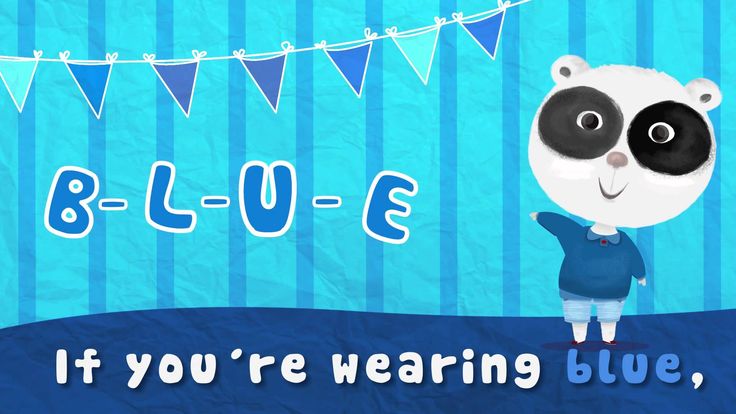 We got mad about this.
We got mad about this.
BBC: Did you set yourself the task of somehow getting into the Black Lives Matter agenda with your album? And how do you feel about the protests in the US in general?
F.S.: I was really stirred up by this topic when the system killed a person. Just a motherfucking dude who strangled a black guy. I went nuts. I had this dude's voice in my head as he died. It was disgusting.
We do not have such open racism, thank God. We do not have such cruelty, we did not have slavery. But what they [marauders] are doing now is that they are robbing civilians, overturning cars, breaking windows. For me, this is complete debilizm, I do not welcome it.
BBC: You wrote that the album contains songs based on real events and addressed to specific people. To whom?
F.S.: Xenophobes, racists, such people.
BBC: What real events are we talking about?
F.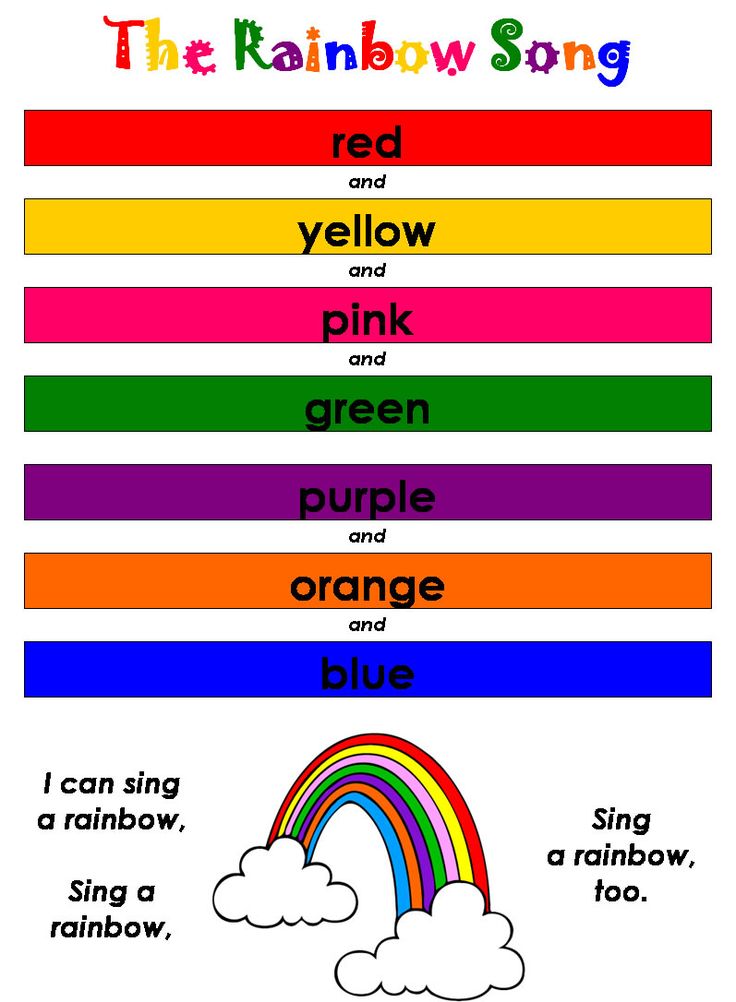 S.: When they yell in your face: "I hate chumps, fu, ********." You go to the metro calmly on your own, and some fool yells such a game in your face. Or with a man somehow you will be hooked word for word.
S.: When they yell in your face: "I hate chumps, fu, ********." You go to the metro calmly on your own, and some fool yells such a game in your face. Or with a man somehow you will be hooked word for word.
I am not only talking about myself, I also judge by my surroundings. When I asked, everyone answered me that they also face this. I probably even put more stories of my loved ones into the songs.
Photo copyright, fardisamedov/Instagram
Photo caption,Fardi with his dog named Dzhus
BBC: It is clear that there is a problem of xenophobia in Russia. Why, in your opinion, does it almost never rise in Russian-language rap?
F.S.: This is probably beneficial for "big people". It is unprofitable to talk about it now, or it is unethical to talk about it. It’s strange to me why the successful guys who are now at the helm don’t talk about this, why they don’t try to help their own.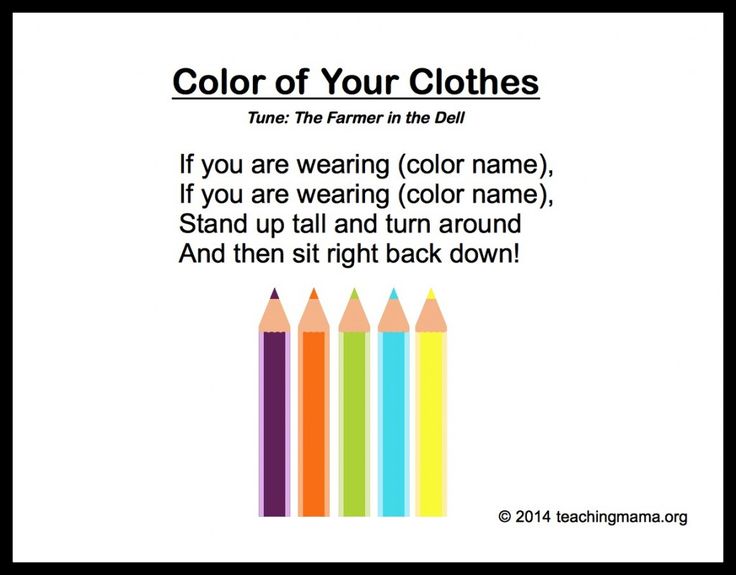
BBC: What does unprofitable mean? Is it not selling well?
F.S.: Probably yes. Because it is unethical to talk about this topic, no one wants to talk about it. They say that in Russia Caucasians dominate by force, for example, in the army, and so on. But this does not mean that everyone is out of control.
I hope that this will be talked about soon and that attention will be paid to it. It would be cool. Because this topic has been bothering me for a long time. I want to make life easier for ordinary people, including me. So that you go down the subway, and your bag is not shmoned ten times.
BBC: When presenting the album, you wrote that you feel here among strangers, there - a stranger among your own, and that your views do not agree with the concepts of your people. What did you mean?
F.S.: I was born and raised in Buryatia, on Baikal. And I feel like I belong among strangers here, because you want to, you don’t want to face some problems. But in the Caucasus, for example, I feel like a stranger among my own. Perhaps this is my mentality, which has already formed here [in Buryatia and Moscow]. That is, I have some of my own concepts, my own understanding of how right and wrong.
And I feel like I belong among strangers here, because you want to, you don’t want to face some problems. But in the Caucasus, for example, I feel like a stranger among my own. Perhaps this is my mentality, which has already formed here [in Buryatia and Moscow]. That is, I have some of my own concepts, my own understanding of how right and wrong.
Photo by fardisamedov/Instagram
I fully share some folk [Caucasian] traditions that are passed down from generation to generation - respect for elders, protection of relatives, honor, pride and so on. This is definitely present in me.
But if, let's say, a dude arrives from Baku and I get to know him, then I won't find a common topic for conversation with him. I will find the language, I will talk to him in Azerbaijani, but I will not find a common theme. I'm Russified (laughs).
I have some ideas, but they are not connected with the Caucasus. There are more bitter concepts in the Caucasus, I do not quite share them.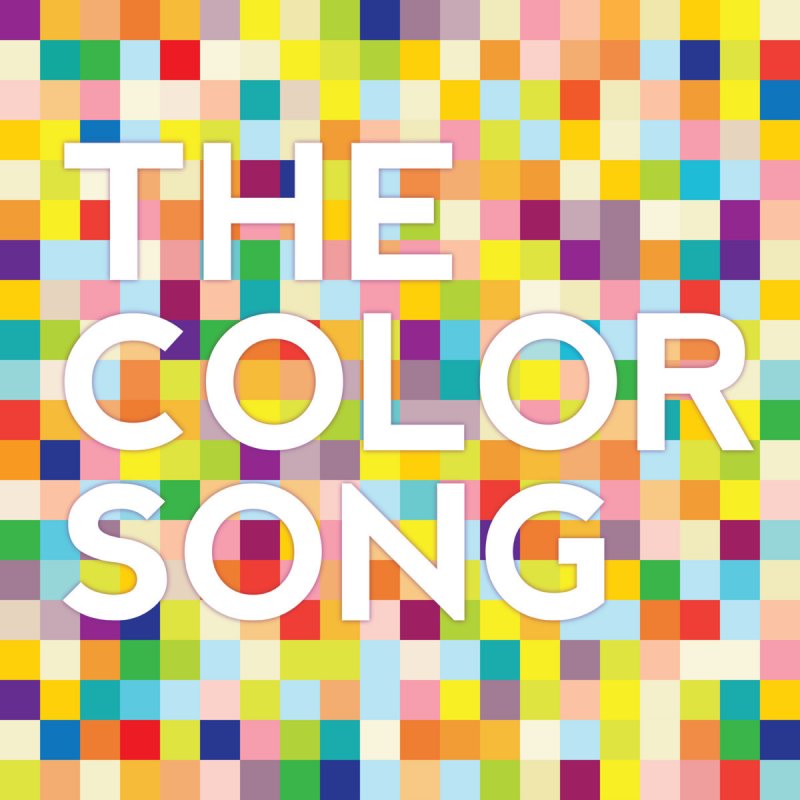 It's not as free as we have here.
It's not as free as we have here.
About criticism from both sides
BBC: There are a lot of racist and xenophobic comments on YouTube under your "CIS" video. Were you ready for such a reaction and how often do you get such xenophobic reactions to creativity?
F.S.: I'm just happy for them (laughs). The bigger, the better. Initially, the goal was set not to please the audience, not to shine ****** (face) so that they would like me. The goal was to get people talking about it. I understood that the Nazis and racists would not bypass this topic. When such ******* (morons) comment, on the contrary, they invigorate me.
Recently, a dude called me at night and said: have you seen the flurry of comments on YouTube coming from the Nazis? I go in, look, and there they really go in a stream, and the number of dislikes is increasing before our eyes. I began to fuss: why, where such a flow comes from, it is necessary to block it.
I call the manager, I say: dude, you need to quickly understand where the flow is coming from, and you need to block it. And in the morning I realized that I made a mistake. That it is not necessary in any case to interfere with this flow, let the negative flow.
image copyrightFARDI/YOUTUBE
Photo caption,The clip "CIS" contains stereotypes about the life of the Caucasian peoples in Moscow
This project, including the clip "CIS", was not made on a good wave. It is as aggressive as possible, with negative connotations. This is the dark side. Every person has a dark side. And I thought it would be wrong if we try to somehow solve this problem with dislikes. On the contrary, the more dislikes, the better, I think.
BBC: That is, with their comments they once again prove that there is this problem in Russia ?
F.S.: Yes, even some jokes and so on. It's cool.
It's cool.
BBC: What is the main complaint of those who do not like the clip?
F.S.: There's a lot of ********** (nitpicking). For example, there is a line there: "What would you do, snowflake, if black people disappeared from the market?". And, probably, people are offended by the "snowflake". But *******, when they call us chumps, no one is offended. Why not call the dude "snowflake"?
That is, all the criticism about this - that I am engaged in some kind of insult, incitement, but no one listens further. I have the next line: "I ********** (don't care) what color you are, the main thing is the right thought."
About oriental sound and hookah rap
BBC : As I understand it, insults come in your direction, in general, from both sides. E There are people who write that you are somehow behaving incorrectly, not in the way an Azerbaijani should.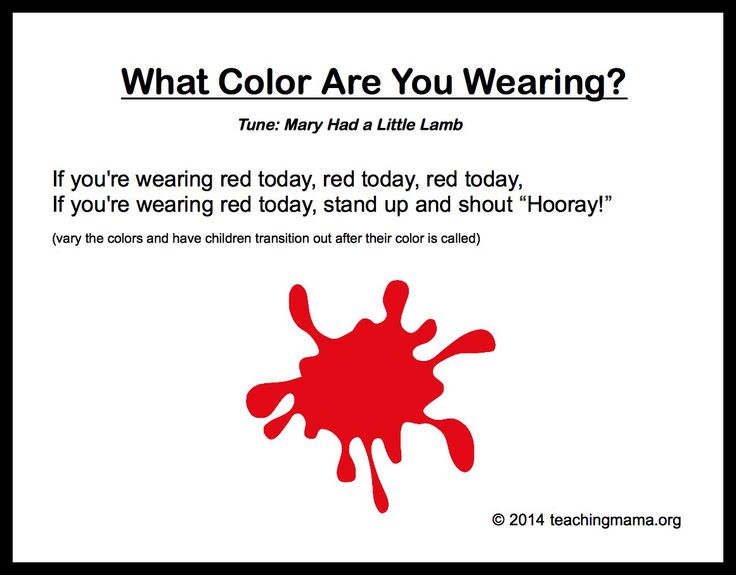
F.S.: He also often arrives from his side. Mostly from religious people. I'm not religious, I'm a believer, but I'm not a religious fanatic. And I don't want to offend these people, it's their right. In my environment, there are also guys in religion.
When the first video, "Cherny", was released, then there was a general bombing about the fact that I was all in tattoos, reading with obscenities against the backdrop of the mosque, that this is all haram. Well, if it's haraam, then dude, why are you on the internet? The Internet is also haraam, if you think like that.
The author of the photo, fardisamedov/Instagram
It doesn't hurt me in any way, they write and write. The opinion of my loved ones is important to me, and even then I do not always take their opinion into account, because sometimes I do not agree with them. The main thing is that my parents and my close boys support me.
BBC: How did you achieve such an oriental sound on the album?
F. S.: Thanks to the team. I felt for a long time, precisely from the point of view of music, how I can distinguish myself against the background of hookah rap.
S.: Thanks to the team. I felt for a long time, precisely from the point of view of music, how I can distinguish myself against the background of hookah rap.
BBC: What is this?
F.S.: Hookah rap is when, I don't know, boys suffer. When a girl threw him through a deflection ten times, and he whines every time. I welcome this kind of music, I'm not saying it's bad. It's interesting, it has its place. But when it's already straight ******** (annoyed), when you already want something new from the artist, and he whines every time.
I don't want to name names. It's cool that they are making money, that they have sales, concerts, that there is a demand for them. But sometimes you need to go beyond some limits and experiment, surprise your listener.
BBC: And in order to somehow be different and find your own sound, you decided to use oriental national instruments in the recording (Fardi's album uses such oriental national instruments as saz, tar and rebab , as well as sampled Arabic darbuks - BBC note) ?
F.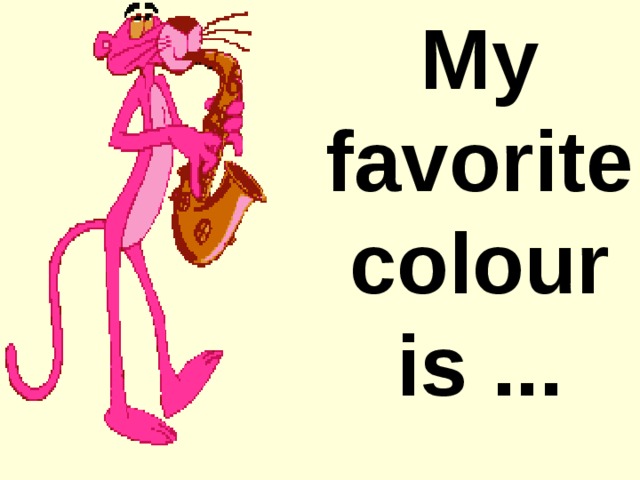 S.: Yes. There are specific inspirations that have kind of influenced me in terms of oriental music. And for a long time I felt for how this can be done organically in exactly the rap that I wanted to do. To make it sound like rap, not like pop.
S.: Yes. There are specific inspirations that have kind of influenced me in terms of oriental music. And for a long time I felt for how this can be done organically in exactly the rap that I wanted to do. To make it sound like rap, not like pop.
There is such a great Azerbaijani jazzman - Vagif Mustafa-zade. He greatly influenced my work. I am even more inspired by the person, his path, aspirations, and not by the music itself.
"Brave Eagles, Be a Little Kind"
BBC: Another question about the title of the album - "Black Garden". This is a reference to a book about Nagorno-Karabakh [ by a British journalist who writes about the Caucasus ] Thomas de Wa a la? Why did you choose to name the album that way?
F.S.: I read this book, but I didn't name the album after the book. I called it that because my roots are from Nagorno-Karabakh, my parents are from there.